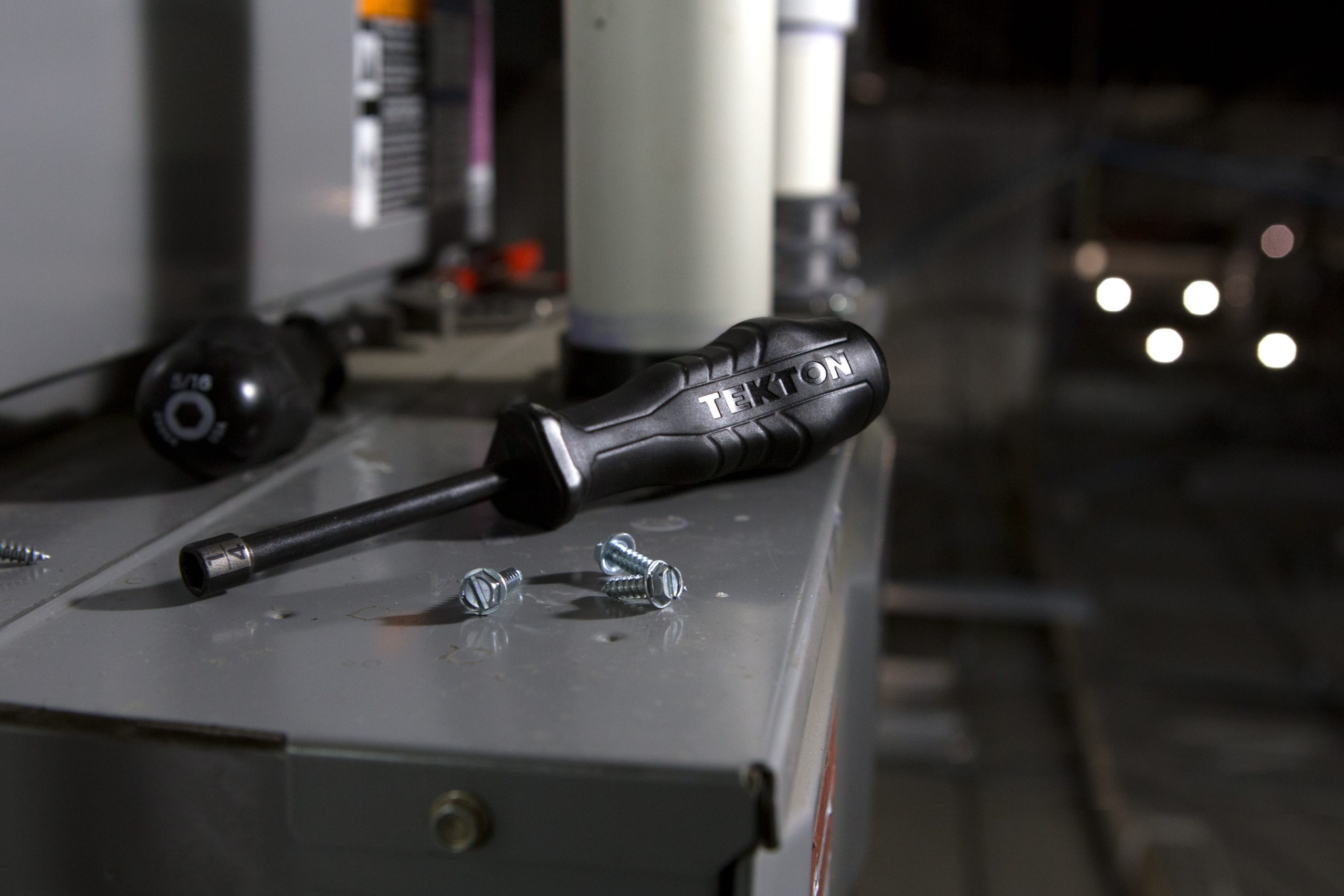These steps convert your HVAC into a whole house filter

These steps convert your HVAC into a whole house filter
Many people have central air conditioning/heating, yet they don’t know that this machine could be used year round to improve the air quality in their homes. For such an expensive investment, it’s wise to get the most out of it–everyday! Here are a number of tips to do just that.
Air-seal the return ductwork. We’ve written extensively on air-sealing your home, attached garage and attic, but the return ductwork is super-important too. A lot of contractors use wood or drywall to “frame” a duct but without sealing the corners, you are pulling dusty air from wall cavities, the attic and maybe even under your house, if the return air grille is near the floor. Here is a great video on what to do and which products to use. Air-sealing your ductwork is not a bad idea, either.
Make air filter changes top priority!
If you’ve finally gotten on a schedule of changing your HVAC filter, we applaud you! You are protecting this expensive equipment by preventing an overly-dirty filter from damaging the fan or other components, because dirty filters increase the pressure drop, like trying to suck a Big Gulp through a coffee stirrer. Try to use a higher MERV filter (like 11, 12 or 13), first by reading our article How can I get more filtration with my current HVAC system, then increasing the MERV if you have enough filter surface area.
Seal the filter in place.
There are several ways to make sure that air is not bypassing the filter.
This video shows how to seal a vent grille to the drywall using spray foam. Although this can also be done from the attic (with less chance of dripping messy foam in your house, not all vents can be accessed from above.
For the return grille: caulk the filter grille to the drywall.
Use filter-sealing tape over the filter:
AllergyZone FilterLock Filter Slot Seal, $10, has a magnetic closure to stick securely to your filter slot opening, sealing gaps to maximize filter use. The video on this page for the product shows how easy it is to install.
Or, if you have a filter that lies flat in a filter grille, use masking tape or painter's tape to seal the edges of it to the filter grille like in this video (I prefer painter's tape because it removes more cleanly).
If you have a BP-2400 Whole Home Ionizer, install it between the return air filter and evaporator coil, or before the fan, in order to get those ions circulating through your whole home. Once a year, it helps to de-energize the ionizer and clean of any dust from the brush heads, which will maximize its efficiency.
Set the fan to “on”, not auto. This ensures that the fan is always running even if the heat or AC is not on. If you’re concerned about the cost of running the fan all year, you don’t have to be. Check out our article on how to calculate this cost to see that it’s not a lot (~$10 per month or less), especially for the reward of cleaner home air. The bonus is that circulating air with this fan redistributes air throughout your home, reducing moisture content in soft furnishings and mold growth.
You are ready to go! Dust, cleaning and personal products, pets, cooking–they all contribute to less-than-stellar indoor air quality, so it’s wise to make the most of what you already have to improve it!







